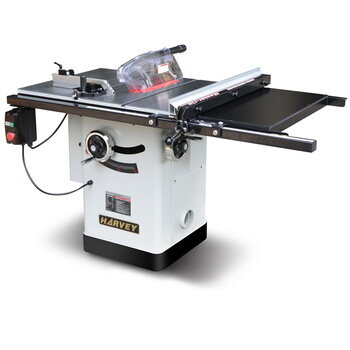Quick steps to flatten wood
Looking for easy to follow steps to flatten wood? This quick guide with video tutorials will show you the exact steps needed in order to process raw lumber and flatten wood.
By the end of this free training you will have what you need to begin building fine furniture, millwork, and any other high quality woodwork.
Each section and step below is accompanied with text and video training.
Flattening wood: What you need to know before you start
In the process that produces kiln dried rough lumber, each step can add twist, cup and bow warp. It is not flat. Since the lumber is long the curve extends outside of an imagined flat board of standard finished thickness.
Manufacturers make finished lumber smooth faced and to a standard cross section, but they cannot make it flat without cutting it too short to be sellable.
Most shop projects require flat straight lumber of precise cross section dimensions. Since we know what our lengths will be, we can cut our boards shorter, then flatten them.
You cannot buy it flat, but you can buy it at full rough thickness, or very lightly planed with a smooth surface. Shops buy their lumber as either rough sawn, or “hit and miss” that is lightly planed to a still thick standard but mostly smooth.
1. Buy wood milled for commercial shops
You will usually need to source your wood commercially or at a specialty shop for recreational woodworkers. Here in Seattle we have the rare advantage of a lumber yard that sells the commercial products in a retail environment where you can pick it yourself.
2 Rough saw the wood slightly oversize
For each cross section dimension in your batch rough saw enough pieces from material that is thicker than the finish dimension. Each set of rough material should match the width + ⅜” and the length + 6”.
You are making material, NOT the actual length required.
Do not rough out much longer than about 4’ unless the finish size is greater, and do not rough out less than about 18” since anything shorter will be hard to control.
As an example, you may need 5 pieces 6” long, and two pieces 30”, actual finished length. You would rough out one 36” piece for the 6” pieces and two 36” pieces for the 30” pieces. (5 x 6 = 30 plus two more at 30 require 3 pieces at 36”)
3. Test and mark the wood for crown and twist warp
To mark the wood with subtle precision you need a flat surface to set the wood on and test it by seeing how it rocks on the flat surface. Visual testing only gets you so close, and it is nearly impossible to detect twist by eye.
Genuinely flat surfaces are rare and usually have to be built intentionally with flatness in mind. Every jointer has two flat surfaces, and for longer pieces a good flat table is needed.
Our symbols for marking up the wood allow you to see exactly how to hold each piece to avoid rocking as you feed it over the jointer by hand. If the wood tips out of a flat plane while passing it over the jointer it will not come out flat.
4. Joint concave face flat
Jointers are used to produce flat faces and straight edges on lumber. Using the marking from step 3 above you joint the face opposite the crown (the hollow side of the bow) to produce the first flat surface.
The video in section 3 gives you good instructions on how to hold the wood when feeding it over the jointer, and this section provides a good visual of the jointer’s cutting action
5. Plane convex face flat
Planers make a smooth surface and are used to produce a given thickness. They will copy whatever shape exists on the bottom to the top, therefore the jointer must first flatten one face..
6. Joint one edge straight
Now that the board is flat on both faces it is ready to return to the jointer to straighten one edge. At this point either face can serve to help guide the travel over the cutter. Both the table and the attached fence are used for control. The board is stood on edge on the table to produce straightness, and pressed against the fence to make sure the edge is ninety degrees to the face.
7. Use the table saw to rip to final width
The planer copies a flat face to the opposite face and the table saw copies a straight edge to the opposite edge, with the straightened edge held against the table saw’s rip fence. The rip fence is set to the desired final width, as the planer was set to the desired thickness.
The wood is now flat straight and to dimension, ready to cut to length.
For more woodwork training and tips, make sure to check this site frequently. You can also take advantage of our shop membership and subscription packages where you will get access to a large shop with high quality commercial equipment along with expert mentoring so you can build your woodworking projects with confidence.
Check out the available woodworking packages and get started today










